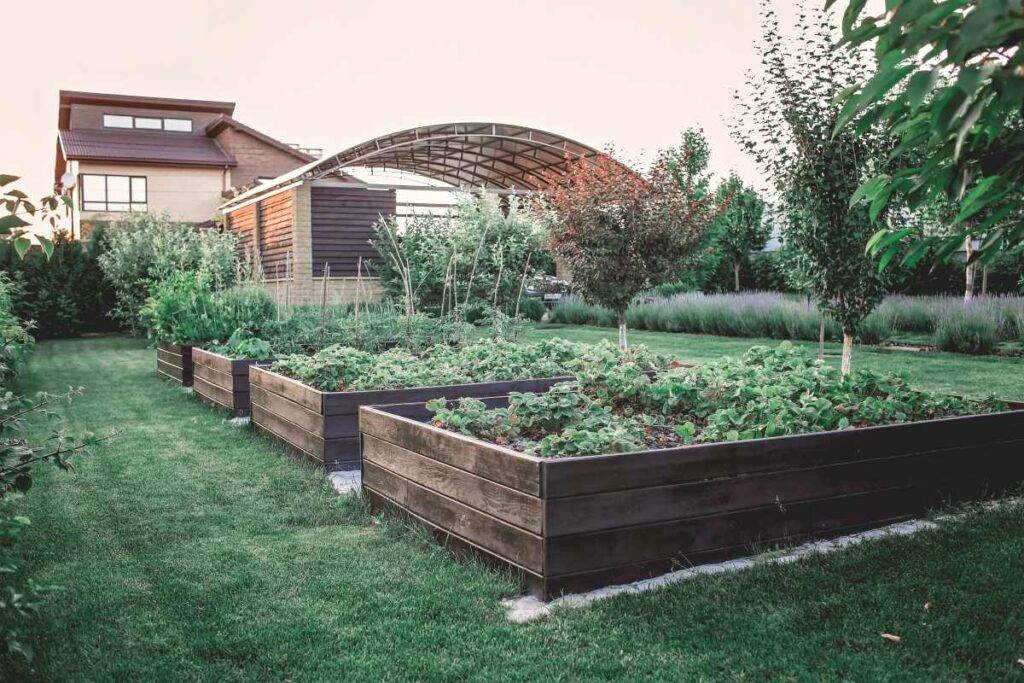When it comes to landscaping, I often hear from clients that they want to grow their plants and vegetables but don’t have the space, time, or know-how to make it happen. A raised garden bed can be the perfect solution to these problems. It’s a versatile way to cultivate your garden, allowing for better control over soil quality, drainage, and even accessibility.
But there’s a lot more to raised garden beds than just a simple box filled with dirt. As a professional landscaper, I’ve spent years experimenting with various designs, materials, and layouts.
Raised Garden Bed Ideas (Need to Know)
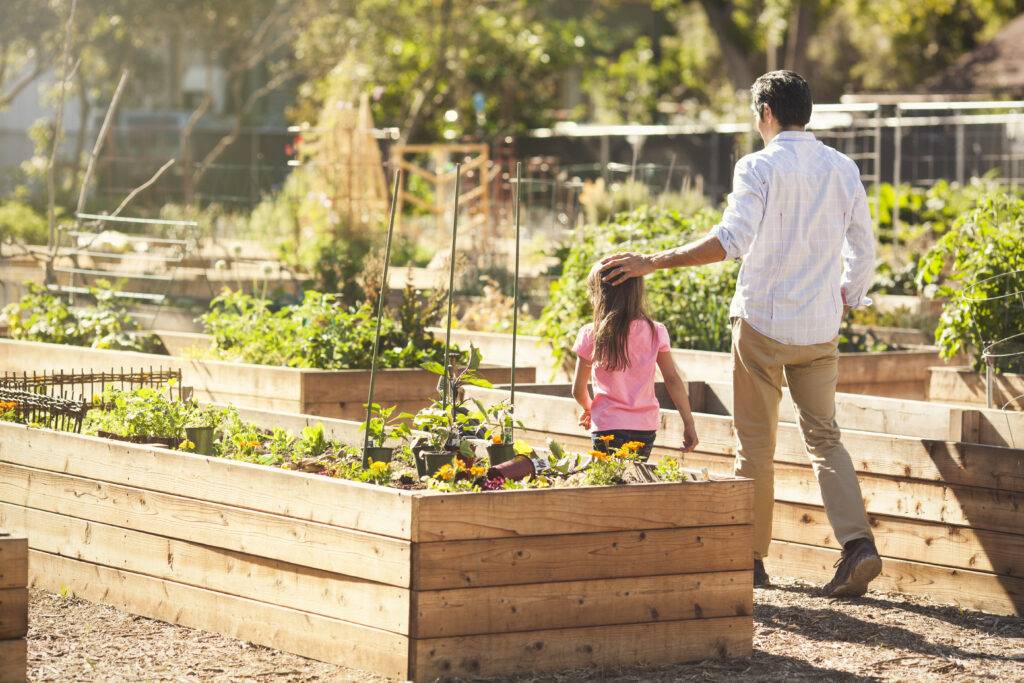
Let me walk you through some common problems with garden beds, the solutions I found, and how I implemented them to create unique, beautiful raised garden beds.
Things to Lookout For
The idea of a raised garden bed might seem straightforward, but several issues can arise, affecting both the look and functionality of your garden. One problem I often encountered was soil quality. When you’re growing vegetables, herbs, or flowers, the right soil composition is key. Traditional garden beds in the ground often suffer from poor drainage or lack of nutrients.
Another issue is accessibility; bending over or kneeling for extended periods can be uncomfortable, especially for older gardeners. Finally, there’s the aesthetic challenge—how do you create raised garden beds that not only serve a practical purpose but also add to the overall design of your outdoor space?
Researching Solutions
When tackling these problems, I turned to a few sources for inspiration. I read up on the latest trends in garden design, looked at traditional methods, and even explored some DIY ideas on the internet. A key takeaway from my research was that raised garden beds could be as simple or as elaborate as you like. The versatility in materials and designs allows you to customize them to suit your specific needs and style.
Trending Ideas for Raised Garden Bed
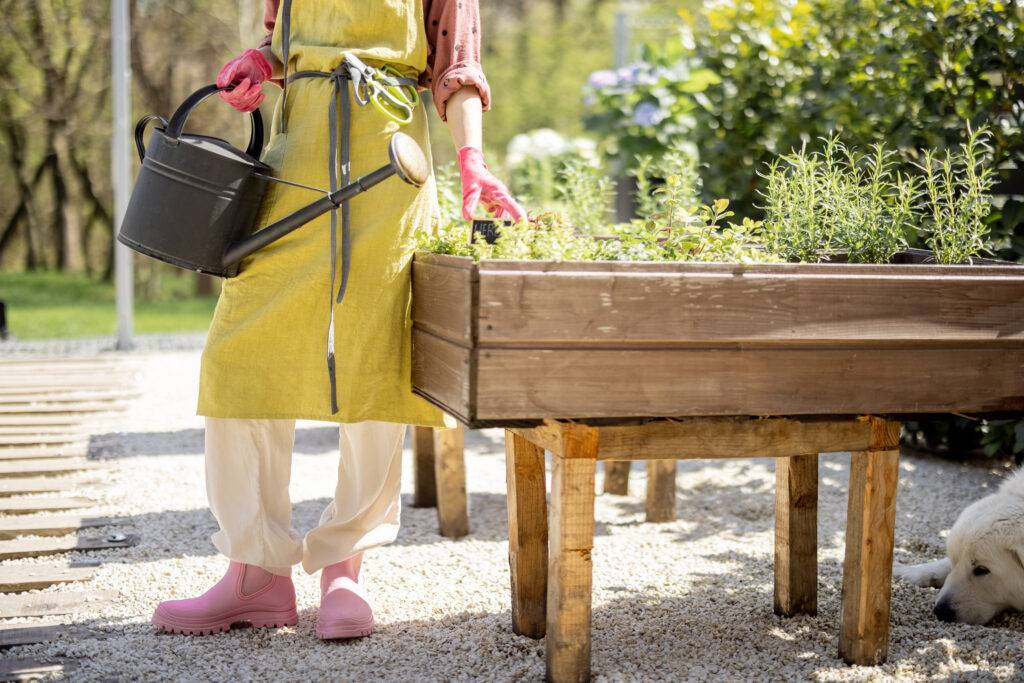
Armed with this knowledge, I started experimenting with different raised garden bed ideas. Here are some of the most successful ones I found, with details on how I implemented them.
Timber-Framed Raised Beds
One of the most common and practical designs is the timber-framed raised garden bed. I used untreated cedar planks, which are naturally resistant to rot and insects. The key here is to create a sturdy frame that holds the soil and allows for proper drainage. I built several raised beds using 2×6 cedar planks, joined at the corners with metal brackets.
These beds can be constructed at varying heights, providing easier access for those who have difficulty bending down. They also have a rustic charm that blends well with most backyard aesthetics.
Stone-Retained Raised Beds
For a more permanent solution, I opted for stone-retained raised beds. Using natural stone, like flagstone or slate, I constructed walls that retained the soil while adding a touch of elegance to the garden. This method requires a bit more effort and skill, as you need to ensure the stones are properly set to avoid collapsing. However, the result is a robust, long-lasting raised bed that looks great in any setting.
Recycled Material Raised Beds
In the spirit of sustainability, I decided to experiment with recycled materials. I used old wooden pallets to create raised beds, reinforcing them with metal brackets and lining them with landscape fabric to prevent soil erosion. This approach not only reduced waste but also gave the garden beds a unique, industrial look. Plus, it’s a cost-effective option for those on a budget. Learn about Growing Strawberries & harvesting them
Tiered Raised Beds
For clients with limited space, tiered raised beds can be a game-changer. By creating a multi-level structure, you can maximize the use of vertical space. I built a tiered raised bed using a combination of wood and metal, with each level dedicated to a different type of plant. The top tier was perfect for herbs and smaller flowers, while the bottom tiers provided ample space for vegetables like tomatoes and peppers.
Monitoring and Adjustments
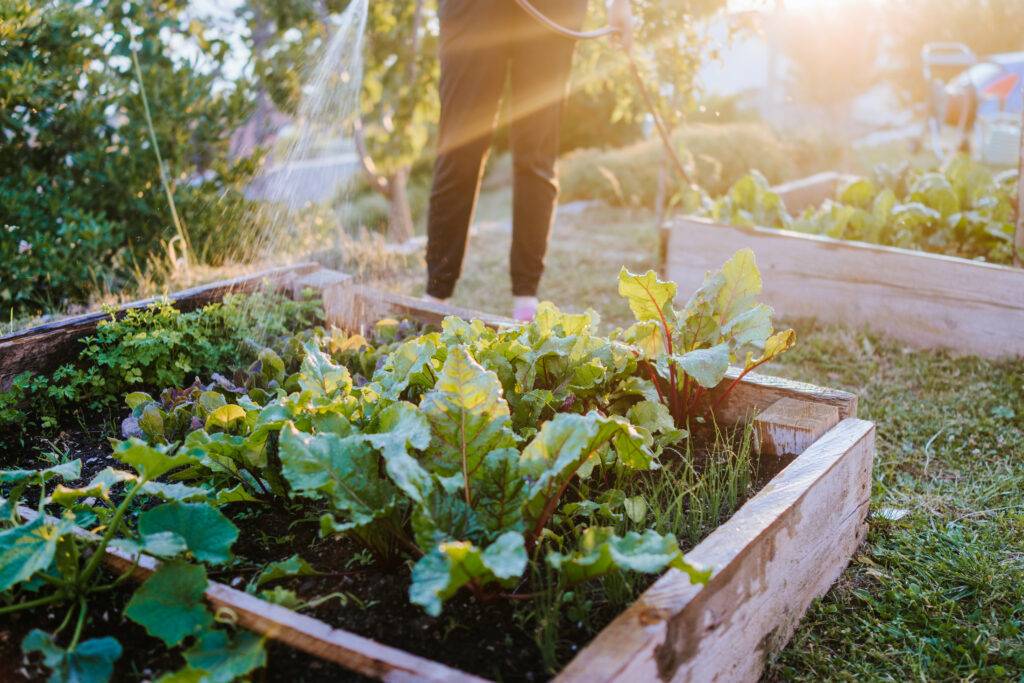
After constructing these raised garden beds, I spent several weeks monitoring their performance. I paid close attention to drainage, ensuring that the soil didn’t become waterlogged. I also checked for signs of pests or diseases, which can be a problem in densely planted areas. To address these issues, I implemented organic pest control methods and ensured proper spacing between plants.
Additionally, I adjusted the soil composition based on the specific needs of each garden bed. For vegetables, I added compost to boost nutrients, while for flowers, I focused on creating well-draining soil to prevent root rot. Regular maintenance, such as weeding and pruning, was also essential to keep the garden beds looking their best.
The Result
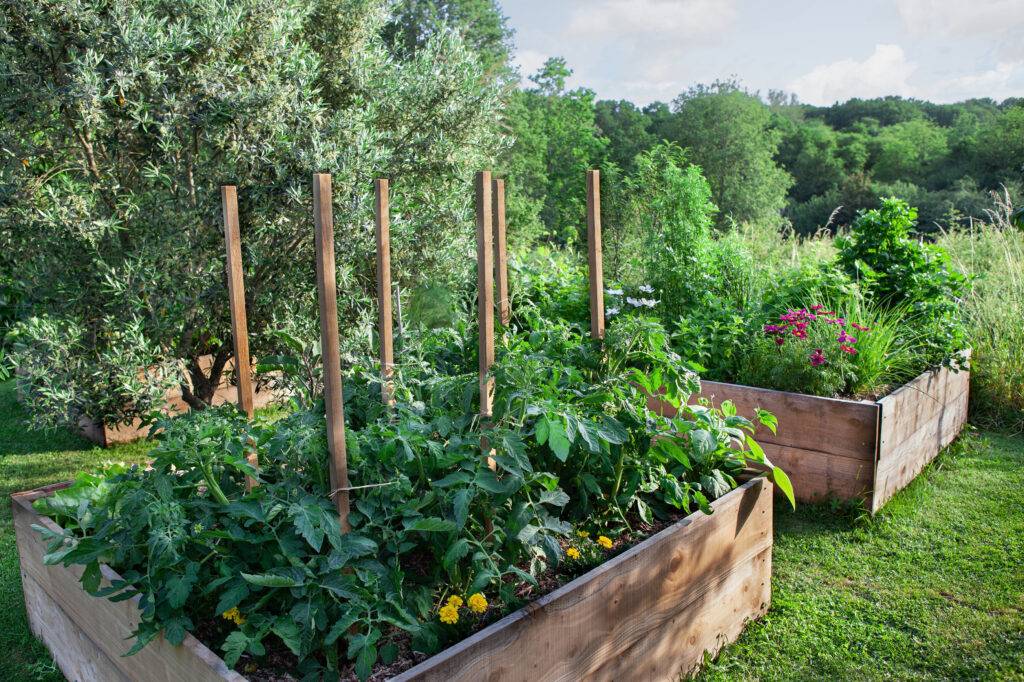
The results were fantastic. Clients were thrilled with the improved accessibility, allowing them to tend to their gardens without discomfort. The different designs, from rustic timber to elegant stone, added unique character to each backyard. The recycled material beds not only looked great but also helped reduce waste, aligning with eco-friendly principles.
Overall, the raised garden beds transformed these outdoor spaces into productive, beautiful areas where clients could grow their food or enjoy the beauty of flowers and shrubs. The versatility of these beds allowed for customization based on individual preferences, making each garden truly unique.
Create a beautiful backyard Patio with these Ideas and Tips.
Conclusion
If you’re considering adding raised garden beds to your backyard, I recommend exploring different designs and materials to find what suits you best. Whether you opt for timber, stone, recycled materials, or a tiered structure, there’s a solution that will meet your needs.
Remember to focus on proper soil composition, drainage, and accessibility, and your raised garden beds will thrive. With a bit of creativity and some hard work, you can create a garden that is not only functional but also a beautiful addition to your outdoor space.
What type of soil should I use in a raised garden bed?
The soil in a raised garden bed should be a mix that provides good drainage, aeration, and nutrient content. I recommend a combination of garden soil, compost, and peat moss. This mix helps retain moisture without becoming waterlogged, which is crucial for plant health.
If you’re growing vegetables, consider adding some organic fertilizer or well-aged manure for extra nutrients. Always ensure the soil is loose enough for roots to spread but dense enough to hold moisture.
How do I prevent weeds in a raised garden bed?
To prevent weeds in a raised garden bed, start by lining the bottom of the bed with landscape fabric or cardboard to create a barrier. This layer blocks weeds from growing up into the bed from below. Next, use high-quality soil and compost, which are less likely to contain weed seeds.
Mulch the surface with organic materials like straw or wood chips to further suppress weeds. Regular weeding and maintenance are essential to keep any persistent weeds under control.
How much watering does a raised garden bed require?
The watering needs of a raised garden bed depend on the plants you’re growing, the weather, and the soil composition. Generally, raised beds tend to dry out faster than ground-level gardens due to better drainage. Water deeply but less frequently, ensuring the moisture reaches the root zone.
A good rule of thumb is to water when the top inch or two of soil feels dry. Early morning or late evening watering is ideal to reduce evaporation. Consider installing a drip irrigation system or soaker hoses for consistent, efficient watering.
